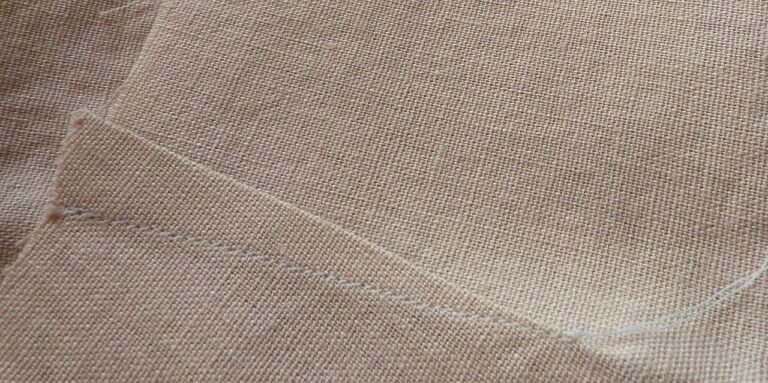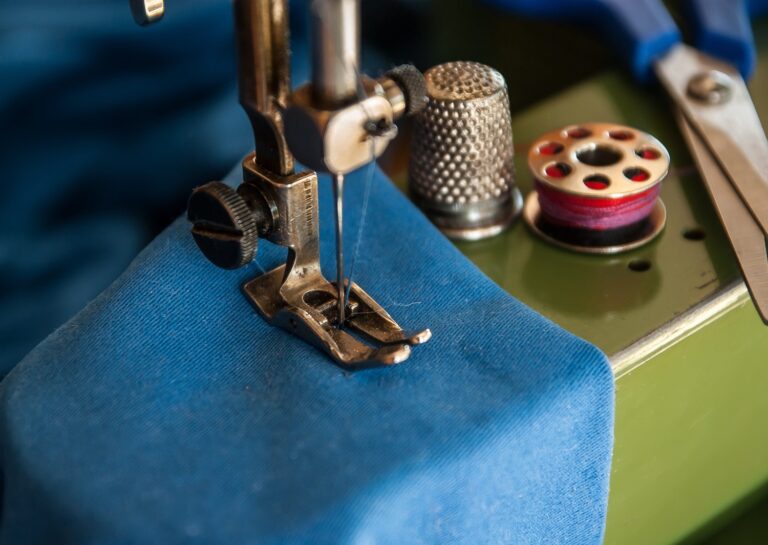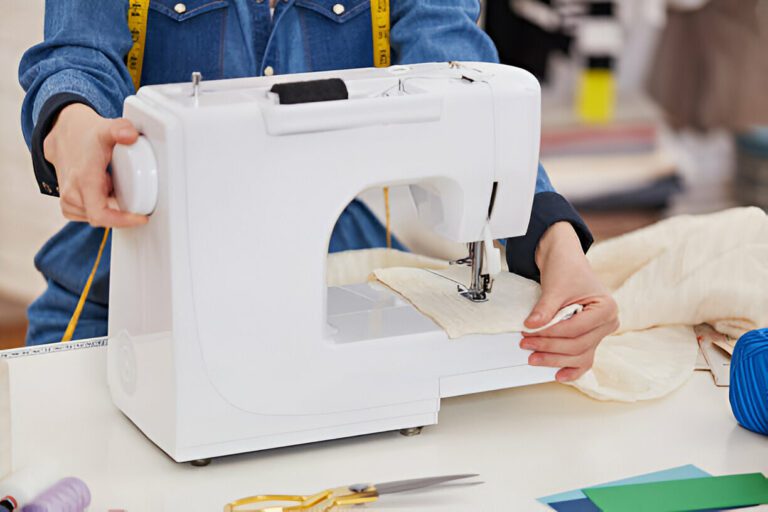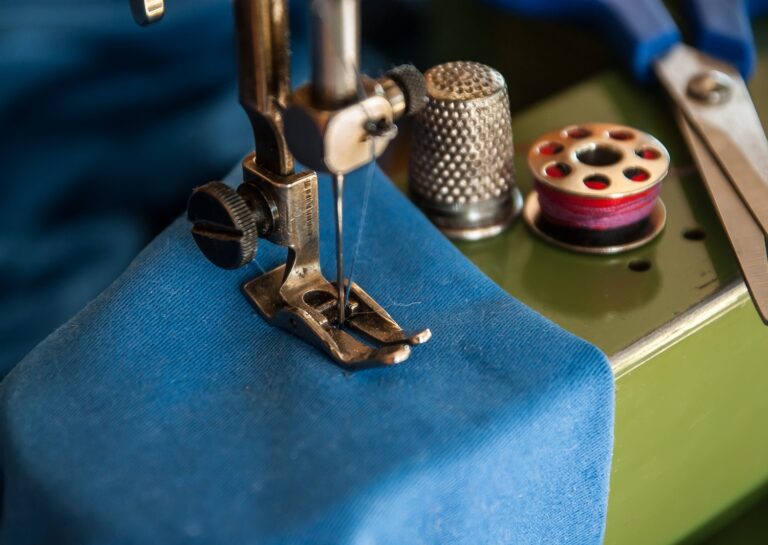How to Use a Sewing Awl
A sewing awl is a specialized tool used for hand-sewing thick materials like leather, canvas, and heavy fabrics. Unlike a regular needle, a sewing awl features a built-in spool of thread and a sharp, thick needle that can punch through heavy materials. It is commonly used for hand-stitched seams, repairs, and decorative stitches.
If you are new to using the sewing awl, this guide will take you through the entire process, from setup to finishing a secure stitch.
Features of awl:
A sewing awl consists of three main parts –
The handle provides grip and has a space inside it to hold and store the spool of thread. This design allows the thread to feed smoothly through the awl while stitching, making the process easier and more efficient. The needle is thicker and sharper and the thread is usually made of waxed nylon or polyester for added strength.
This tool allows for the creation of lock stitches, similar to those made by sewing machines ensuring the seam to last long.
Step 1 – Setting the awl:
Prepare your awl before you begin stitching. It has two types of needles—a straight and a curved needle. The straight needle is used for stitching thick material, while the curved needle is helpful when working in tight spaces or creating decorative stitches. The awl’s handle has a needle storage compartment, making it easy to switch between needles when needed. When inserting the needle into the awl, you will notice a small groove near its base, this groove is designed to hold the thread tightly and guide it smoothly through the material. Ensuring the thread sits correctly in this groove is essential for creating secure and even stitches.
Insert the thread from the spool through the hollow handle and guide it through the needle’s eye. Pull about 3-4 inches of thread through the needle tip. Secure the needle by tightening it into the chuck, a small clamp that holds the needle in place.
Step 2 – Making the first stitch:
Once the awl is set up, position four materials on a flat surface or use clamps to hold it securely. Push the awl’s needle through the fabric or leather to create the first hole. As the needle comes out from the other side, pull about 4-6 inches of thread through the first hole, remember this extra thread will be used for stitching.
Step 3 – Create the lock stitch:
The lockstitch is the strongest stitch a sewing awl can create, similar to stitches made by sewing machines. To do this push the awl through the second hole and slightly pull it back without removing it entirely. This will form a small loop on the material’s surface. Take the extra thread from the first stitch and pass it through the loop. Now pull the awl back completely while tightening the thread. This action creates a secure stitch by locking the two strands of thread together.
Sept 4 – Continuation of the stitching process:
To create a continuous seam, repeat the same steps for each stitch. Push the awl through the material to create a new hole, pull the thread back slightly to form a loop, insert the loose thread into the loop, and pull tight to secure the stitch. Continue this process along the entire seam, keeping even spacing between stitches for a professional finish.
Step 5 – Finishing the stitch:
When you reach the end of your seam, it’s crucial to secure the stitching properly to prevent unraveling. Next, pull the last stitch tight and tie a double knot at the end. If you are using a waxed thread, you can lightly burn the knot with a lighter to keep it from becoming loose. Finally, trim any excess thread with scissors for a neat look.
Tips
To achieve clean and even stitches, always use a ruler or stitching groover to mark your stitch line before you begin. Practice on scrap fabric or leather to get comfortable with the technique before working on a final project. Keeping your awl’s needle sharp will make stitching through thick material much easier.
Types of stitching awls:
Regular awl- Used for making holes before stitching.
Lockstitch awl- Has a built-in thread system to sew stitches like a machine.
Curved awl- Used for stitching rounded or difficult areas.
Lacing awl- helps pull lace or thick thread through the hole.
CONCLUSION
A sewing awl is a tool for hand-stitching strong seams in leather, canvas, and other heavy fabrics. While it takes practice to master, it allows for durable, long-lasting stitches that are perfect for crafting, repairs, and decorative works. Whether you are making leather accessories or repairing outdoor gear, learning to use a sewing awl will open new possibilities for your projects.







